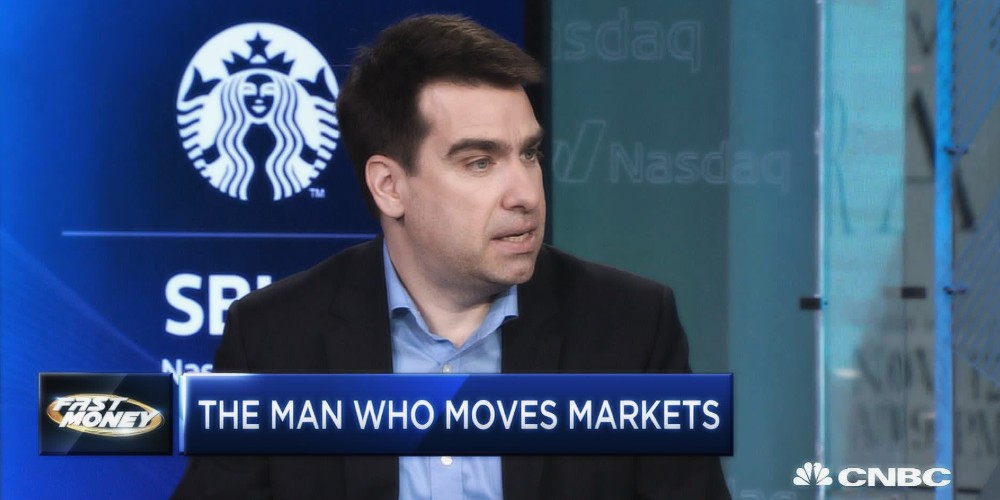Editor’s Commentary: There’s always a challenge when trying to read the financial tea leaves by listening to both bankers and central bankers, let alone government or corporate media. We have to be discerning to understand when they’re telling us what they want us to hear and when they’re telling us the truth.
Generally, I avoid taking financial advise from the JPMorgans of the world simply because I know that everything that they release to the public is designed to help themselves, not the public. But there are times when the advice they give is designed to help themselves BY helping their investors, and I believe the information below reported by Anna Golubova from Kitco is one of those occasions. They’re not telling people to sell equities and buy gold because they’re trying to hurt people. They’re saying it because they know if they’re correct, both they and the people who heed their advice will benefit. With that said, here’s Anna…
JPMorgan advises cutting exposure to risk-on assets and holding more cash and gold, citing the U.S. debt ceiling risk, recession outlook, and a hawkish Federal Reserve stance.
With the macro environment taking on several new risks, a team led by JPMorgan Chase chief global market strategist Marko Kolanovic is trimming its exposure to stocks, boosting its cash holdings by 2%, and moving out of energy into gold.
JPMorgan cited gold’s safe-haven effects and properties as a hedge against the debt ceiling debacle.
“Despite last week’s rebound, risk assets are failing to break out of this year’s ranges, and if anything, credit and commodities are trading at the lower end of this year’s ranges,” Bloomberg cited a note Kolanovic wrote to clients. “With equities trading close to this year’s highs, our model portfolio produced another loss last month, the third loss in four months.”
Longer-term, a Federal Reserve that keeps rates higher for longer, which is against the market’s rate cut expectations, would further weigh on equities, Kolanovic said.
“A divergence remains between rates markets that expect the Fed to cut this year, equity markets that interpret those potential cuts as positive for risk, and the Fed’s more hawkish rhetoric,” he said. “This gap is likely to close at the expense of equities, as rate cuts will likely only transpire from a risk-off event, and if rates stay higher, they should weigh on equity multiples and economic activity.”
Kolanovic favored a rebound in equities last year but eventually turned bearish, cutting JPMorgan’s model equity allocation in mid-December, January, March, and May.
After Tuesday’s meeting, there was no sign of progress from representatives of President Joe Biden and congressional Republicans. But talks are said to restart Wednesday morning.
U.S. Treasury Secretary Janet Yellen reiterated over the weekend that June 1 remains a “hard deadline” to lift the debt ceiling. Failure to do so would lead to a default.
“I indicated in my last letter to Congress that we expect to be unable to pay all of our bills in early June and possibly as soon as June 1,” Yellen said during the NBC’s ‘Meet the Press’ program. “And I will continue to update Congress, but I certainly haven’t changed my assessment. So I think that that’s a hard deadline.”
What Would You Do If Pharmacies Couldn’t Provide You With Crucial Medications or Antibiotics?
The medication supply chain from China and India is more fragile than ever since Covid. The US is not equipped to handle our pharmaceutical needs. We’ve already seen shortages with antibiotics and other medications in recent months and pharmaceutical challenges are becoming more frequent today.
Our partners at Jase Medical offer a simple solution for Americans to be prepared in case things go south. Their “Jase Case” gives Americans emergency antibiotics they can store away while their “Jase Daily” offers a wide array of prescription drugs to treat the ailments most common to Americans.
They do this through a process that embraces medical freedom. Their secure online form allows board-certified physicians to prescribe the needed drugs. They are then delivered directly to the customer from their pharmacy network. The physicians are available to answer treatment related questions.


